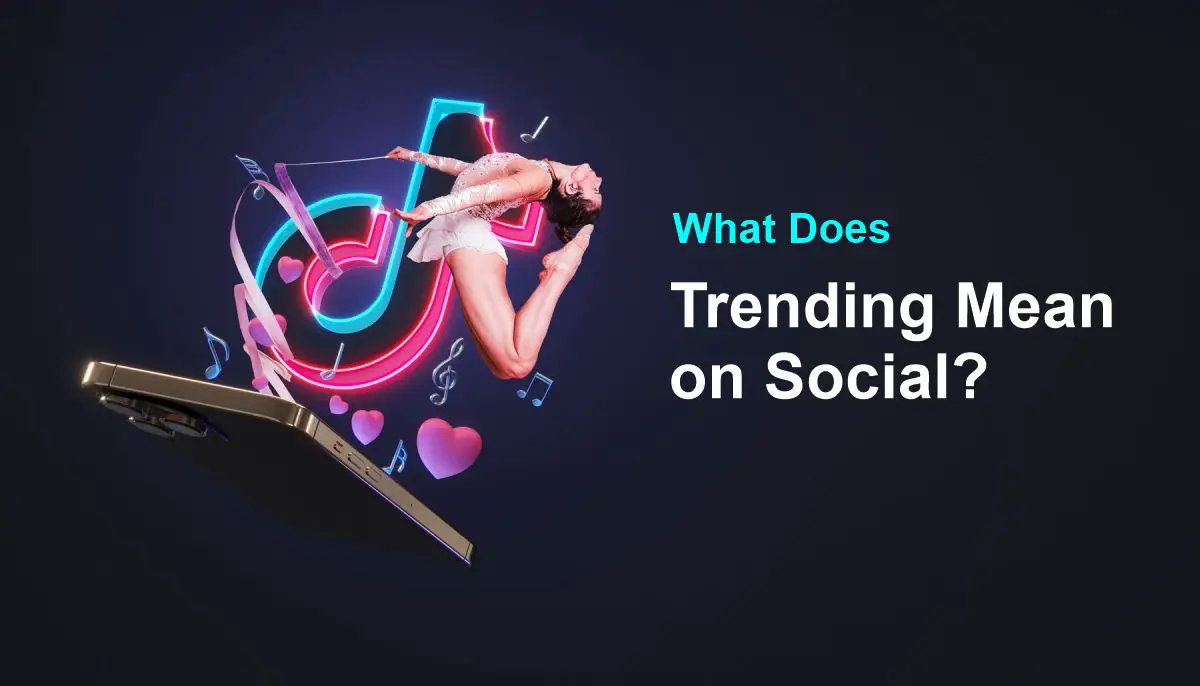In the digital landscape, the term “trending” refers to content, topics, or hashtags that are gaining widespread popularity and engagement on social media platforms within a short period of time. When something is trending, it means that a large number of users are actively engaging with it—through posts, shares, comments, and likes—making it highly visible and relevant in the moment.
From breaking news to viral challenges, trending topics capture the collective attention of online communities. Social media platforms like X (formerly Twitter), Instagram, Facebook, and TikTok display these topics prominently in designated sections, helping users stay informed about what’s currently dominating online conversations.
How Do Social Media Platforms Determine What’s Trending?
Trending topics are not randomly chosen—they are identified by sophisticated algorithms designed to detect content that is rapidly gaining traction. These algorithms assess several metrics, including:
- Volume of posts: The number of times a topic or hashtag is mentioned within a specific time frame.
- Rate of engagement: How quickly users are interacting with the content through likes, shares, and comments.
- Engagement velocity: The speed at which a topic gains momentum.
- Geographic relevance: Trends often vary by location, depending on regional interests or events.
- User interests: Platforms tailor trending sections based on an individual’s browsing history, interactions, and follower networks.
For example, a breaking news story may trend nationally, while a local event might trend in a specific city. Similarly, TikTok’s “For You” feed curates trending videos based on user behavior and preferences, ensuring content relevancy.
Why Trending Content Matters for Brands and Marketers
For brands and digital marketers, trending topics present a strategic opportunity to boost visibility and connect with audiences in real-time. Aligning content with what’s currently trending allows businesses to position themselves within relevant conversations and expand their reach.
Key Benefits of Leveraging Trending Topics:
- Increased visibility: Trending content is prioritized in feeds and search results, giving your posts higher exposure.
- Higher engagement: Users are more likely to interact with timely and relevant content.
- Audience growth: Participating in trends can attract new followers who are interested in the topic.
- Brand relevance: It demonstrates that your brand is culturally aware and responsive.
However, timing is crucial. Trends move quickly, and a delayed response can appear outdated or opportunistic.
What Factors Contribute to a Topic Trending?
Not all content becomes trending, and several contributing factors determine what gains widespread attention. These include:
- Timeliness: Content related to current events, holidays, or breaking news tends to spread rapidly.
- Relevance: Topics that resonate with a broad audience—such as pop culture, social issues, or shared experiences—are more likely to trend.
- Influencer engagement: When prominent figures or creators share or comment on content, it often accelerates its popularity.
- Emotional appeal: Content that evokes strong emotions—humor, surprise, anger, or inspiration—encourages sharing.
- Controversy: Polarizing issues tend to spark debate and generate higher engagement.
For instance, a major sports moment, a celebrity announcement, or a viral challenge can all trend due to a combination of these elements.
How Can Brands Create Content That Trends?
While going viral isn’t always guaranteed, brands can position themselves for success by following certain best practices:
- Monitor social trends regularly using tools like Google Trends or Twitter Trends.
- Incorporate trending hashtags relevant to your niche or industry.
- Publish content quickly in response to unfolding events or viral moments.
- Create visually engaging posts, including short-form videos, memes, or infographics.
- Engage with your audience through comments, polls, and questions to encourage interaction.
- Partner with influencers or micro-creators to amplify your content to wider audiences.
Crucially, authenticity and alignment with your brand identity are essential. Trend participation should feel natural—not forced or opportunistic.
Trending vs. Viral: Understanding the Difference
Although often used interchangeably, “trending” and “viral” represent different levels of online popularity.
| Trending | Viral |
|---|---|
| Platform-specific popularity | Cross-platform spread |
| Short-term attention (hours/days) | Long-lasting impact (weeks/months) |
| Linked to current events or memes | Typically organic and emotionally driven |
| May affect a limited audience | Reaches a global or mass audience |
For example, a hashtag like #WorldCupFinal may trend during a major sports event, while a humorous TikTok sound or meme may go viral and spread across Instagram, YouTube Shorts, and Twitter simultaneously.
While not all trending content goes viral, most viral content begins by trending within a specific niche or platform before scaling outward.
Final Thoughts
In the ever-evolving ecosystem of social media, understanding what it means for something to be trending can help users and brands alike stay ahead of the curve. Whether you’re a casual user curious about the latest online buzz or a brand looking to engage audiences, being aware of trends—and reacting strategically—can be a powerful tool.
By staying informed, creating relevant content, and maintaining authenticity, brands can not only ride the wave of digital trends but also deepen audience engagement and drive long-term growth.

